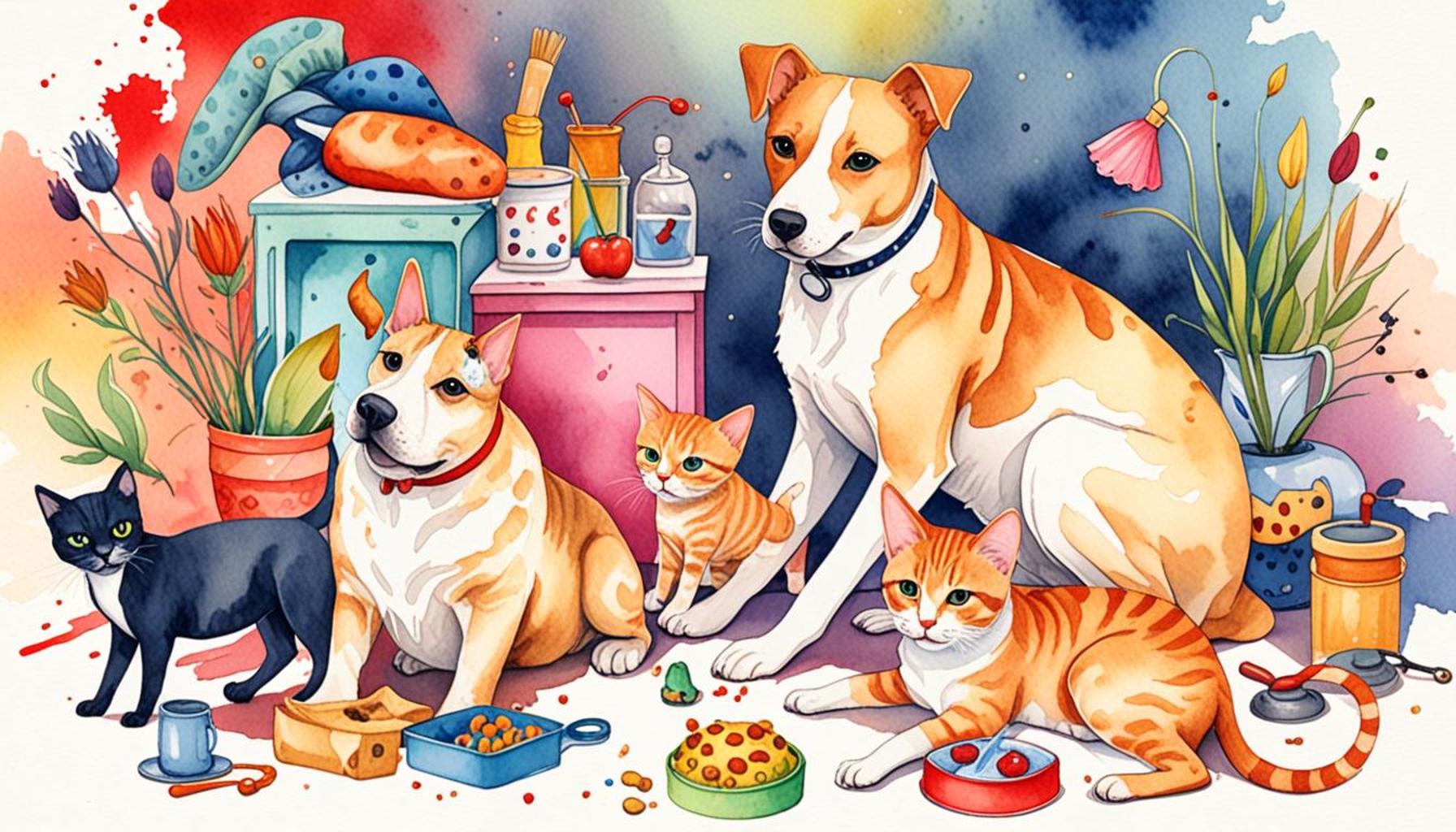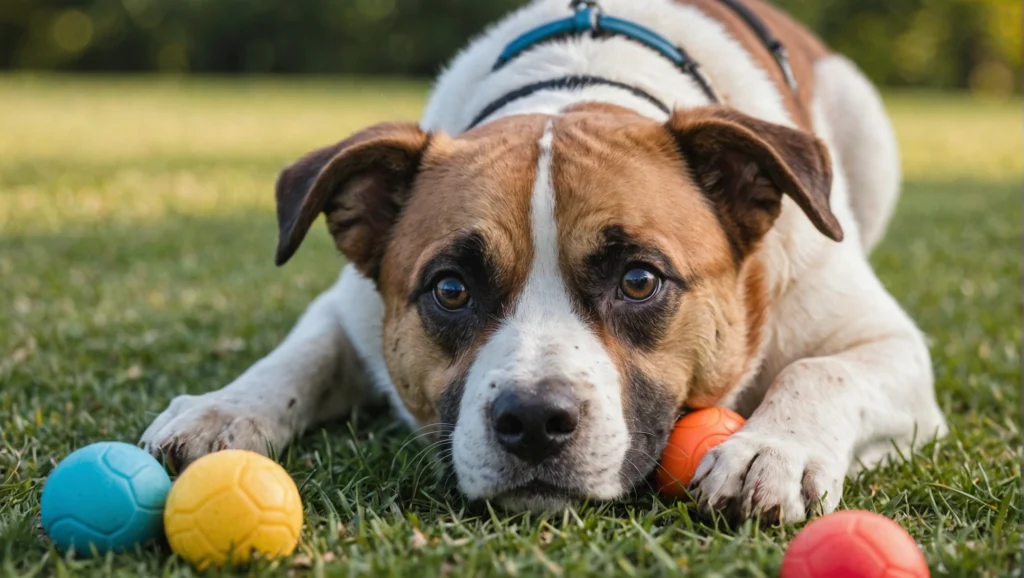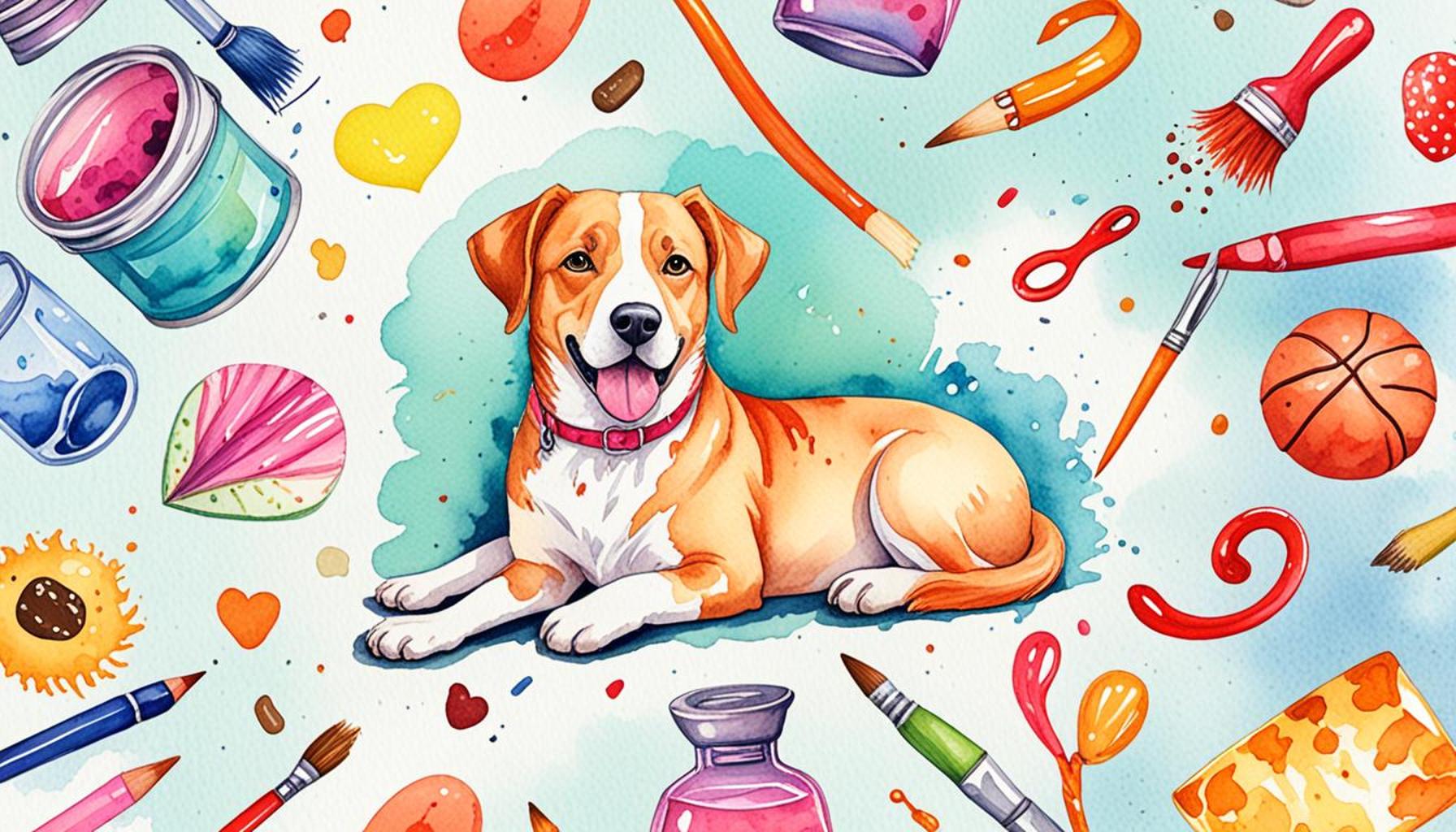How Early Socialization Influences the Behavior of Domestic Dogs and Cats

Understanding the Foundation of Pet Behavior
Early socialization is an essential phase for domestic dogs and cats that lays the groundwork for their future interactions and behaviors. During their formative months, pets are extremely malleable, highlighting the importance of this significant period in their development. How they are introduced to various experiences, ranging from new environments to different social interactions, can drastically influence their temperament and social skills throughout their lives.
Key Aspects of Early Socialization
- Critical Period: The first 16 weeks of life for puppies and kittens are considered a vital window for learning. This phase is when they are particularly receptive to new experiences. For instance, a puppy exposed to various people, sounds, and environments during this time is more likely to become a confident and sociable dog.
- Exposure: Positive exposure to diverse environments, people, and other animals fosters confidence. A well-socialized pet, for example, may feel comfortable in a bustling park, around unfamiliar faces, or even in varied locations like cafes or pet stores. This exposure is crucial for developing adaptability in different situations.
- Preventing Behavior Issues: Comprehensive early socialization can help mitigate future behavioral problems, such as aggression, anxiety, or excessive shyness. For example, a kitten that has had positive interactions with children may be less likely to react with fear or aggression when encountering them later in life.
Pet owners must realize that socialization extends beyond merely playing with other animals; it encompasses a wide spectrum of experiences. These include various sights, sounds, smells, and even the ability to navigate unpredictable situations. Engaging pets in different activities—like car rides, visits to pet-friendly establishments, and interactions with a variety of people—can contribute to a well-rounded pet that thrives in diverse settings.
Consequences of Inadequate Socialization
On the flip side, a lack of early social interaction may lead to the development of fears and phobias. For instance, a dog that hasn’t been socialized to different environments may become fearful of loud noises or crowded spaces, causing immense stress for both the pet and the owner. Understanding these potential outcomes is crucial for any pet parent aiming to cultivate a peaceful, harmonious household. Certain behavioral issues, such as incessant barking or destructive actions, can often be traced back to inadequate early experiences.
This exploration delves into the intricate dynamics of early socialization and its profound influence on our ability to nurture well-adjusted pets. By investing time and effort into socializing their pets during the early months, owners not only enhance their pets’ experiences but also ensure a more fulfilling companionship in the long run. The choices made during these formative weeks can significantly shape the overall behavior and quality of life for our cherished dogs and cats.
DISCOVER MORE: Click here for tips on managing your pet’s stress naturally

The Impact of Socialization on Pet Development
Understanding the transformative effect of early socialization on domestic pets begins with recognizing their psychological makeup. For both dogs and cats, socialization is not merely an optional activity; it is a foundational element that dictates their behavior, emotional responses, and overall adaptability to life’s various challenges. Several studies underscore the importance of those early months—particularly the time between two and three months of age—when pets are most impressionable. During this critical period, exposing them to a wide array of stimuli can foster positive behavior patterns that will last a lifetime.
The Role of Positive Experiences
- Building Confidence: Early exposure to different experiences plays a vital role in building a pet’s self-confidence. For instance, dogs that are taken on car rides and introduced to various environments often respond with curiosity rather than fear. This foundational confidence allows them to navigate later life experiences with greater ease.
- Variety of Social Interactions: Engaging with various types of people (children, seniors, and individuals in varying attire) and animals enables pets to understand social cues better. Well-socialized pets are typically more relaxed and happy when faced with these interactions since they’ve learned that the world is a safe and manageable place.
- Promoting Exploratory Behavior: A well-socialized puppy or kitten is more likely to exhibit exploratory behavior, whether it’s sniffing new surfaces or being unbothered by the sounds of everyday life, such as vacuum cleaners or thunder. This exploratory nature not only enriches their lives but also contributes to their cognitive development.
Moreover, socialization involves ensuring pets experience a myriad of sights, sounds, and social cues. Owners are encouraged to schedule puppy or kitten playdates, visit bustling environments like outdoor markets, and introduce their young pets to different surfaces, textures, and scents. Such varied exposure endows pets with the ability to adapt to unexpected changes and challenges.
Long-term Behavioral Benefits
The long-lasting benefits of early socialization cannot be overstated. A well-socialized dog, for example, is less likely to exhibit behavioral issues such as aggression or anxiety in novel situations. Conversely, pets lacking these early experiences may develop various fears or phobias, making them more prone to stress-related behaviors, such as chewing, barking, or withdrawing. Recognizing these potential outcomes emphasizes the significance of proactive socialization.
In summary, the early socialization process is a crucial determinant of both immediate and long-term behavior for domestic pets. With the right interactions and exposures during their formative weeks, pet owners can nurture animals that are sociable, confident, and well-adjusted. The journey to building a harmonious relationship begins much earlier than most realize, and understanding this foundational phase allows for informed decisions that will positively influence the lives of both pets and their owners for years to come.
| Aspect | Impact on Behavior |
|---|---|
| Social Interaction | Promotes healthy and friendly relationships with humans and other animals. |
| Exposure to Environments | Helps pets adapt to various situations, reducing fear and anxiety. |
| Training Opportunities | Facilitates effective learning of commands and behavior modification techniques. |
| Confidence Building | Encourages self-assuredness, leading to less skittish or aggressive tendencies. |
Understanding how early socialization can significantly impact the behavior of domestic dogs and cats is crucial for pet owners. The proactive integration of various social experiences can lead not only to well-adjusted pets but also to enhanced human-animal bonds. Early socialization fosters healthy interactions, allowing pets to engage positively with people and their fellow companions. Furthermore, exposure to diverse environments during their formative months can greatly reduce future anxiety and fear responses, creating more adaptable pets capable of navigating new situations with ease.Through structured training opportunities, pet owners can teach their animals essential commands and modify undesirable behaviors effectively. A socialized pet gains confidence through interaction, which significantly decreases the likelihood of developing aggressive or fearful behaviors later in life. By recognizing these benefits, enthusiastic pet owners can contribute to shaping a more harmonious relationship with their furry friends. Exploring socialization techniques further can grant insights into enhancing the well-being of domestic animals.
DIVE DEEPER: Click here to learn effective training techniques
Critical Elements of Successful Socialization
While understanding the general benefits of early socialization is crucial, it is equally important to identify the specific elements that contribute to its success. Each aspect plays a vital role in shaping a pet’s behavior and overall temperament. The following components should be considered closely by pet owners aiming to optimize their pet’s socialization experience.
Structured Training and Socialization Classes
One of the most effective ways to ensure successful early socialization is through structured training and socialization classes. These classes not only provide a controlled environment for pet interactions but often also involve certified trainers who can guide both pets and their owners. Participation in such classes exposes pets to a variety of situations and other animals, reinforcing their social skills while offering valuable learning experiences.
For example, puppy kindergarten classes often include social playtime, which helps puppies learn important communication signals from their peers. Similarly, kitten socialization classes introduce young cats to different sounds, sights, and safe play experiences, setting a foundation for adaptable behavior in the future.
Integrating Positive Reinforcement Techniques
Alongside formal training, integrating positive reinforcement techniques is essential for making the most out of socialization. Using treats, praise, and affection to reward desired behaviors creates a positive association with new experiences. For instance, if a dog remains calm during an encounter with a stranger, rewarding them immediately reinforces that behavior.
Research indicates that animals trained with positive reinforcement are generally more confident and eager to explore, making them more resilient to stress. This ultimately leads to a stronger bond between the pet and the owner, fostering a nurturing environment that outweighs adverse reactions to social challenges.
The Influence of Environment and Exposure
The environment in which a pet is raised has a profound influence on their adaptation skills. Pets that live in diverse settings—whether in the heart of a bustling city or a suburban neighborhood—gain varying stimuli that can aid in their social growth. Taking advantage of outdoor festivals, dog parks, and community events allows pets to engage with numerous sights and sounds that are part of everyday life.
Additionally, exposing pets to various objects—such as skateboards, bicycles, or unusual household appliances—can help them develop a tolerance and curiosity towards new things. This fundamental concept is often referred to as creating a “rich environment,” where pets experience a multitude of stimuli that prepare them for the unpredictability of life.
The Risks of Insufficient Socialization
Failing to prioritize socialization during a pet’s early development can lead to a myriad of behavioral issues later on. For instance, dogs that do not experience early exposure to other dogs often struggle with aggression, anxiety, or excessive barking in adult life. Similarly, cats raised in isolation may exhibit fear-related behaviors, leading them to shy away from human interaction.
Studies show that pets exhibiting fear-related behaviors are more likely to end up in shelters, with socialization issues being one of the leading causes. Consequently, early proactive measures can pave the way for a more harmonious living situation, enhancing both pet and owner satisfaction.
In summary, understanding the critical elements of early socialization allows pet owners to take tangible steps toward ensuring their pets lead happy, well-adjusted lives. By focusing on structured training, positive reinforcement, environmental exposure, and the potential risks associated with neglecting socialization, we can truly appreciate the significance of this vital developmental stage.
DISCOVER MORE: Click here for essential tips on choosing the best cat food
Conclusion
In conclusion, the impact of early socialization on the behavior of domestic dogs and cats cannot be overstated. A well-structured socialization process not only enhances a pet’s ability to adapt to various environments and stimuli but also plays a crucial role in shaping their long-term temperament and behavior. Through structured training classes, pet owners have an invaluable resource in creating positive experiences that foster confidence and reduce anxiety. The use of positive reinforcement techniques further solidifies these experiences, creating a strong bond between pets and their families.
Moreover, exposing pets to diverse environments and stimuli promotes a well-rounded social development, equipping them to handle the unpredictable nature of life. However, neglecting early socialization may lead to significant behavioral issues, increasing the risk of anxiety, aggression, and potential surrender to shelters. According to studies by the American Society for the Prevention of Cruelty to Animals (ASPCA), pets lacking social skills are more susceptible to abandonment, highlighting the urgent need for early intervention.
As pet owners, it is essential to realize that the formative years of a pet’s life lay the groundwork for their future interactions and behaviors. By prioritizing early socialization efforts, we not only enhance our pets’ well-being but contribute to a more harmonious coexistence in our communities. For those interested in exploring this vital topic further, resources such as local animal behaviorists, veterinarians, and reputable training programs can provide additional guidance, ensuring both dogs and cats thrive as cherished members of our families.



